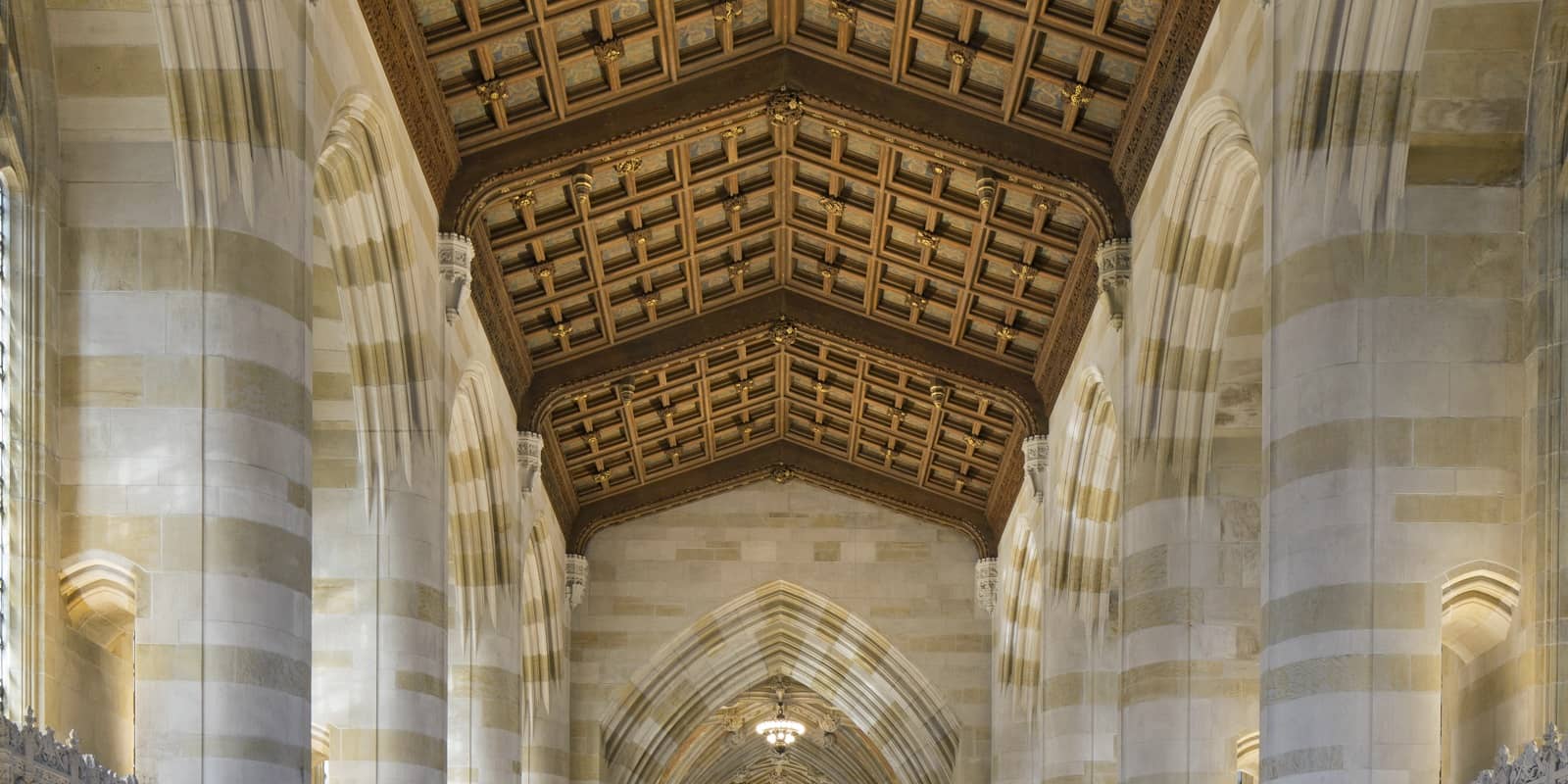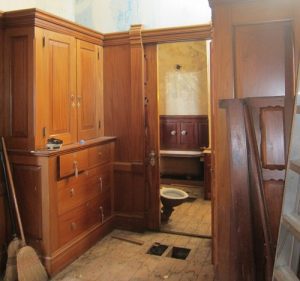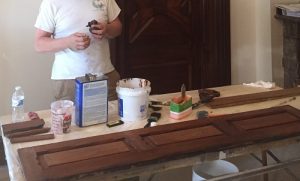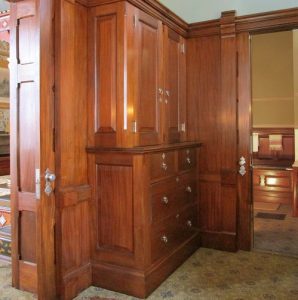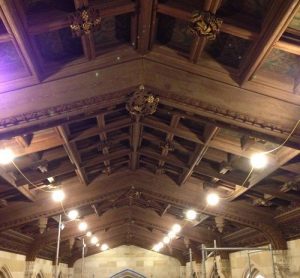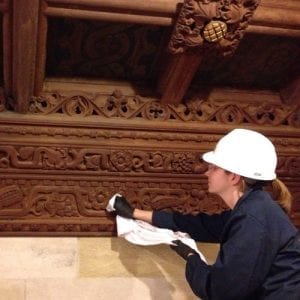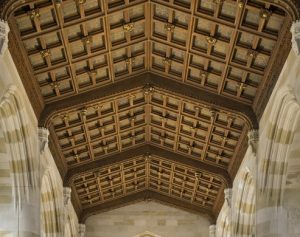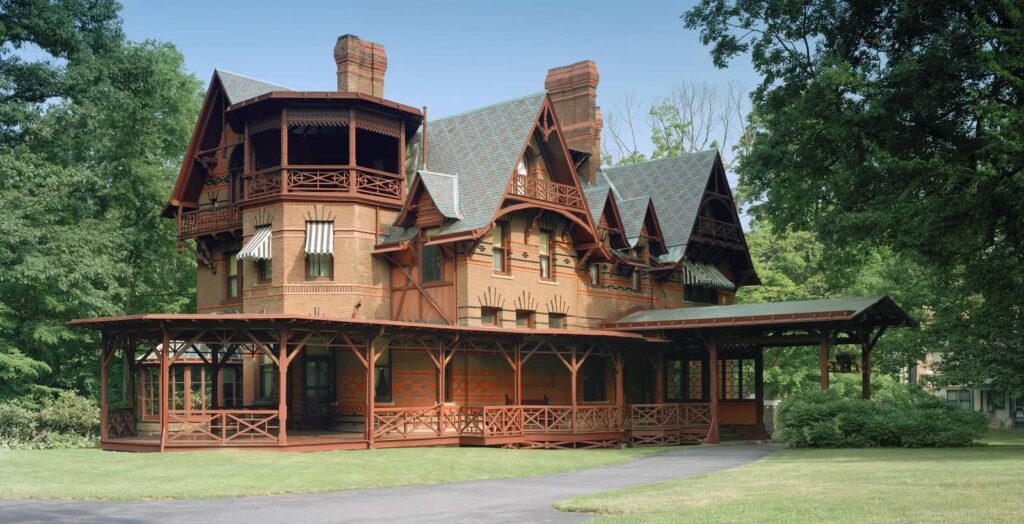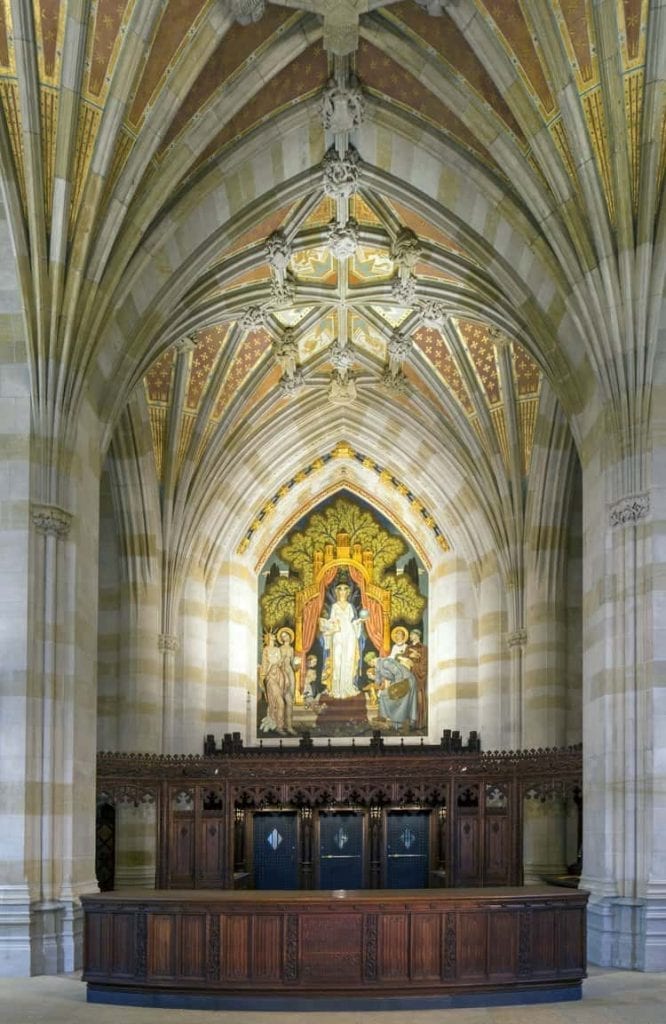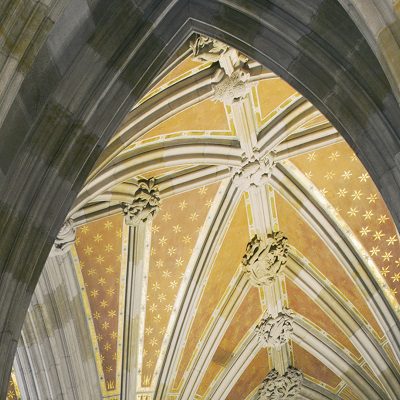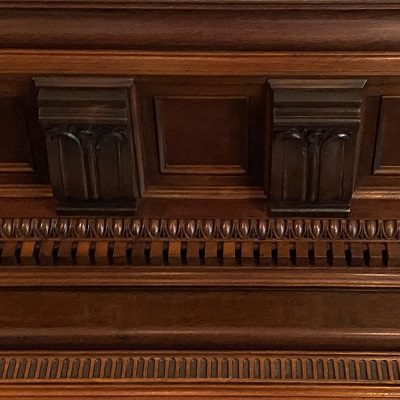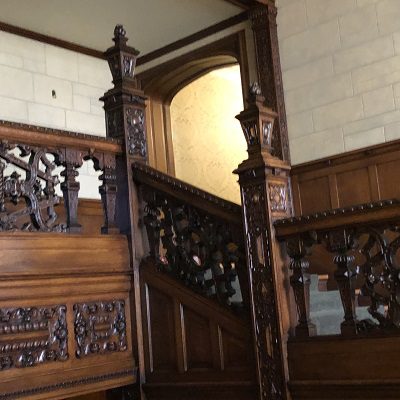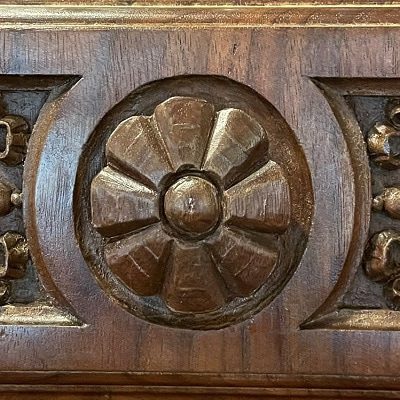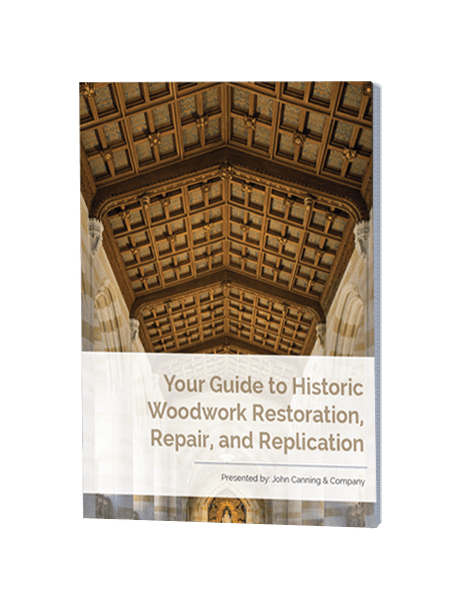Architectural woodwork is truly an art. It is the product of a creative mind taking the form of beautiful elements such as trim, paneling, staircases, and intricate molding. It has been used for thousands of years to serve both functional and decorative purposes and is always worthy of repair and restoration.
History
Wood has been an extremely convenient resource for thousands of years and has developed over time in both style and use. The ancient Egyptians made wooden sarcophagi as well as all kinds of furniture and tools. The Greeks, Romans, and early Chinese also used wood to make furniture varying in style and technique. The Middle Ages, around 400 A.D., brought with it the use of woodwork for architectural features such as doors, windows, trim, floors, and roof beams. As the Gothic style came into effect architectural woodwork became even more popular with the addition of arches, towers, and other elements. Architectural woodwork was very popular in the Renaissance, Baroque, and Neoclassic styles and climaxed in the Victorian era in which it was used for practically everything- paneling, molding, furniture, trim, porches, arches, staircases, doors, and much more.
The Mark Twain House & Museum in Hartford, CT was built in a Victorian Gothic Revival style with a stunning collection of architectural woodwork. John Canning & Co. had the privilege of performing historic wood restoration in the Mahogany Suite, the house’s guest room, stripping and re-finishing the wood in order to exhibit its original aesthetic.
Mark Twain House & Museum historic wood restoration.
Dressing room cabinets (Left) before restoration, (Middle) in process, (Right) after wood restoration.
Restoration/Conservation
Historic architectural woodwork is beautiful, useful, and worthy of being conserved and restored to maintain its true integrity. Accomplishing such a task is not easy, and it is therefore important to consult a trustworthy restoration/conservation team and to understand the materials and steps included in the process.
Materials
Materials employed in wood restoration of transparent finishes include tools–brushes, sand paper, protective covers, ladders, scaffolding, etc.– and products. The basic traditional products used in transparent wood restoration include, aniline dye (in either oil, alcohol or water) to a desired color; multiple applications of shellac or varnish to build up the protective and beautifying appearance. To control sheen, add further protection and add depth to the treatment an application of wax may be applied and buffed with to a satisfactory sheen level.
Process
The conservation or restoration of historic architectural woodwork may be completed in five steps.
1) INVESTIGATE WOODWORK
Once architectural woodwork is found to be in need of attention, a historic woodwork analysis must be done on site by a professional restoration contractor. They will make a thorough inspection to determine the type of wood (mahogany, oak… etc.), and assess its condition and any damage (warped, water damage, nicks, scratches, failing finishes etc.). He will also determine whether the wood is in need of conservation, restoration, or a combination of these procedures.
2) SUBMIT PROPOSAL/WORK DESCRIPTION
A detailed proposal must be written and submitted containing a description of wood conditions and each phase of action to be performed. This must include all information and directions needed to complete each phase-materials, methods, and equipment.
3) PERFORM MOCK-UP
A mock-up is then performed on part of the wood on site which serves as a preview of what the end product will look like and the methods and materials used in the process. The mock-up must be done only after obtaining the Architect’s/Owner’s written approval and must be performed in an area specified by the Architect/Owner. Once the finished mock-up has been approved, it will serve as the standard and reference for the rest of the project.
4) PREPARE WOOD SURFACES
Cover all surfaces with cloth material to protect against anything in the space which could cause damage during the process-dust, product excess, precipitation. This includes those surfaces not currently being worked on, those in progress, and those completed.
5) RESTORE OR CONSERVE ARCHITECTURAL WOODWORK
Depending on what is required, the necessary work for either restoration or conservation or can begin.
Restoration
Wood restoration is needed for wood that has begun to deteriorate, wear, or lose its stunning impression. Restoration brings it back to its former beauty. Once the area is prepped and ready, the wood should be cleaned and sanded if necessary. Cleaning includes stripping the wood of all previous wood finish and removing all damaged wood. The restoration process begins. First, wood primer is applied which helps preserve the wood and facilitate more adhesion for the wood finish. This is a certain resin that sinks deeps into the wood and fills any imperfections to provide durability. If needed, stain is carefully chosen and used to match the original color of the wood. Finally, wood finish is applied which may be oil, wax, shellac, polyurethane, or varnish and provides protection and a smooth shine to the appearance of the wood.
Conservation
Conservation is performed not to revert the wood back to its original state, like the restoration process does, but to conserve what is already there and to protect it from wear and deterioration. Conservation is done using a variety of different methods depending on what information was obtained during the wood’s investigation. Often, all that is necessary is a surface cleaning to remove any dirt, dust, or debris from the wood. This is done using a mild solution such as an ammonium citrate solution and/or mineral spirits. Sometimes the cleaning will be followed by a varnish to seal, protect, and revive the wood. John Canning and Co. conserved the Sterling Memorial Library at Yale University using a mild, cleaning treatment on all the architectural woodwork to revive the original finishes.
Yale University Sterling Memorial Library Wood Restoration and Conservation.
Coffered ceiling wood work (Left) before restoration, (Middle) during restoration, (Right) after restoration.
The restoration/conservation process must be performed with precision and attention by experienced professionals in order to achieve the desired outcome. If you have a project you would like to discuss, please contact us.

